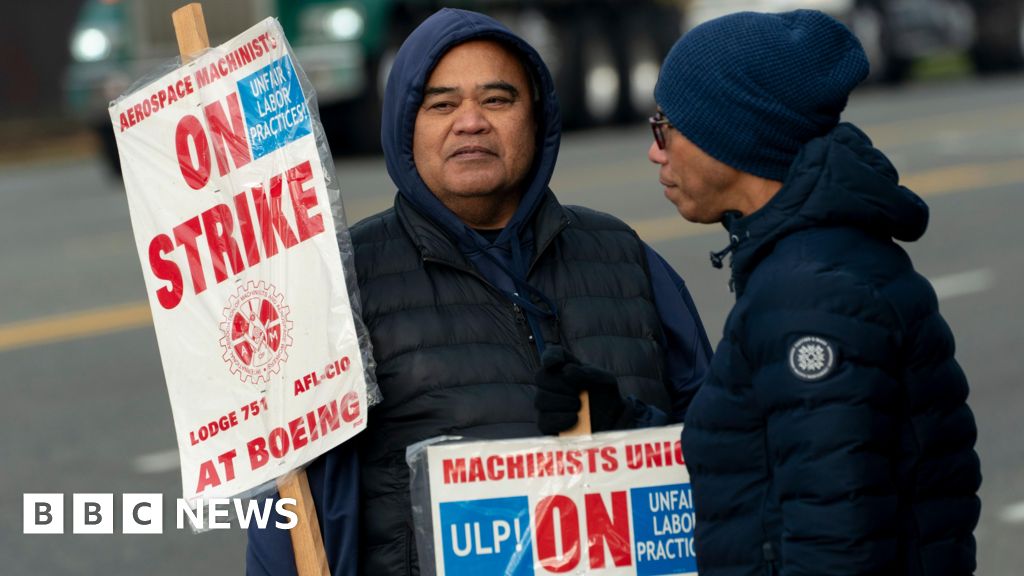TOKYO -- Tokyo Electric Power Company Holdings' former chairperson, who led the emergency response after a meltdown at its Fukushima Daiichi nuclear plant and was accused of being responsible for failing to prevent the disaster as top management, has died, with his trials still pending. He was 84.
Tsunehisa Katsumata died on Oct. 21, TEPCO said Thursday, without providing further details including the cause of his death.
Katsumata was TEPCO chair when Fukushima Daiichi was hit by a magnitude 9.0 earthquake and tsunami in March 2011 and suffered triple meltdowns. He led the emergency response after the company's then-president stepped down due to health problems and served until mid-2012.
He later became one of the defendants in high-profile criminal and civil lawsuits seeking TEPCO management's responsibility over their alleged failure to anticipate the massive quake and tsunami and to take preventive measures.
Nearly 6,000 Fukushima residents in 2012 filed the criminal complaint, accusing several former TEPCO executives, including Katsumata, of professional negligence in the death of more than 40 elderly patients during or after forced evacuations in the aftermath of the meltdown, which released large amounts of radiation to the surroundings.
After prosecutors dropped the case, Katsumata and two other former executives were indicted in 2016 by a citizens' inquest of prosecution and forced to stand trial in the only criminal case related to the Fukushima disaster.
Katsumata and two co-defendants pleaded not guilty, saying predicting the tsunami was impossible, and were acquitted in the district and high court rulings. The case is now pending at the Supreme Court.
Katsumata also faced a civil trial filed by a group of TEPCO shareholders and was ordered by the Tokyo District Court in 2022 to pay damages exceeding 13 trillion yen ($85 trillion) with three other former executives. The case is pending at Tokyo High Court.
Katsumata, who was president of TEPCO from 2002 to 2008, was also in charge of damage control and pushing corporate governance following the utility's earlier data coverup scandal. He joined TEPCO in 1963.
As head of the powerful utility, Katsumata also served key posts in business organizations, such as Keidanren, and had major influence over Japanese politics and industry.
Today, more than 13 years after the accident, Fukushima Daiichi is being decommissioned — a decades-long process that is still at an early stage.
In recent months, TEPCO has struggled to get a first tiny amount of melted fuel debris from one of the three damaged reactors using a remote-controlled robo t. If successful, the sample's return would be a milestone that could contribute to further research into analyzing the melted fuel and developing necessary technology to remove the 880 tons of melted fuel debris that remain inside the three reactors.

 By ABC (Business) | Created at 2024-10-31 07:53:16 | Updated at 2024-11-01 00:56:41
18 hours ago
By ABC (Business) | Created at 2024-10-31 07:53:16 | Updated at 2024-11-01 00:56:41
18 hours ago



